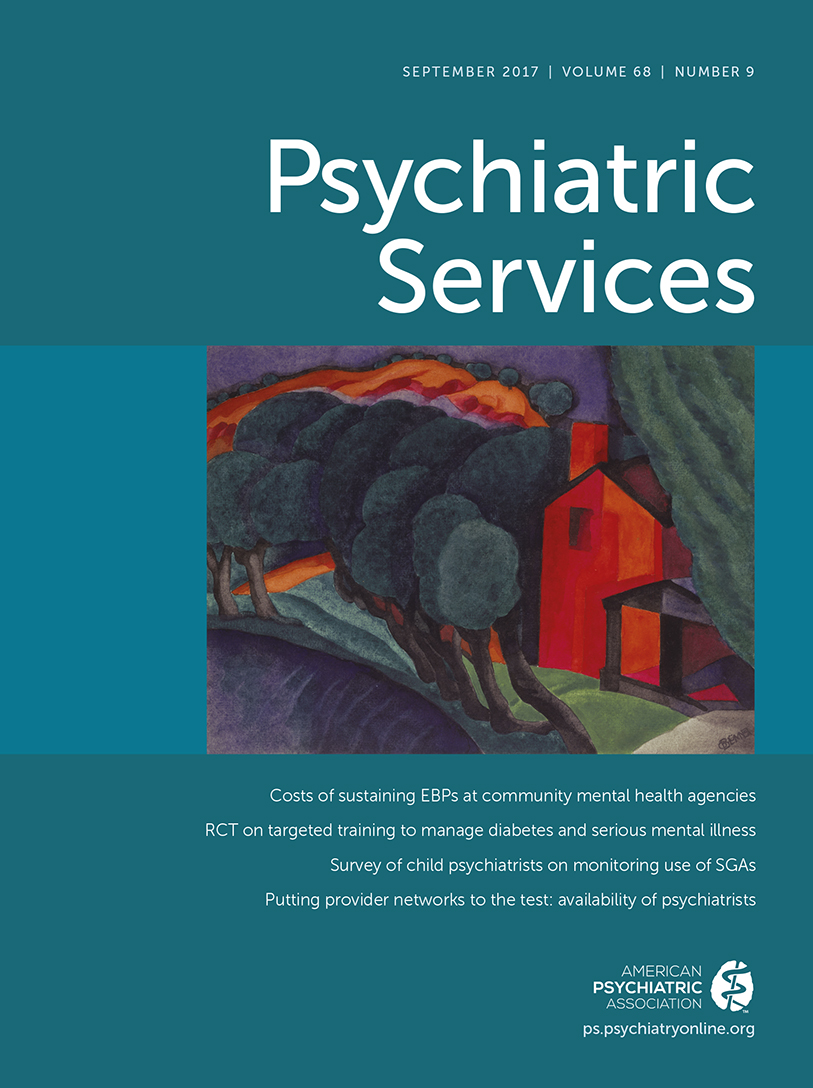How Do Private Health Plans Manage Specialty Behavioral Health Treatment Entry and Continuing Care?
Abstract
Objective:
This study examined private health plans’ arrangements for accessing and continuing specialty behavioral health treatment in 2010 as federal health reforms were being implemented. These management practices have historically been stricter in behavioral health care than in general medical care; however, the Mental Health Parity and Addiction Equity Act of 2010 required parity in management policies.
Methods:
The data source was a nationally representative survey of private health plans’ behavioral health treatment management approaches in 2010. Health plan executives were asked about activities for their plan’s three products with highest enrollment (weighted N=8,427, 88% response rate).
Results:
Prior authorization for outpatient behavioral health care was rarely required (4.7% of products), but 75% of products required authorization for ongoing care and over 90% required prior authorization for other levels of care. The most common medical necessity criteria were self-developed and American Society of Addiction Medicine criteria. Nearly all products had formal standards to limit waiting time for routine and urgent treatment, but almost 30% lacked such standards for detoxification services. A range of wait time–monitoring approaches was used.
Conclusions:
Health plans used a variety of methods to influence behavioral health treatment entry and continuing care. Few relied on prior authorization for outpatient care, but the use of other approaches to influence, manage, or facilitate access was common. Results provide a baseline for understanding the current management environment for specialty behavioral health care. Tracking health plans’ approaches over time will be important to ensure that access to behavioral health care is not prohibitively restrictive.



